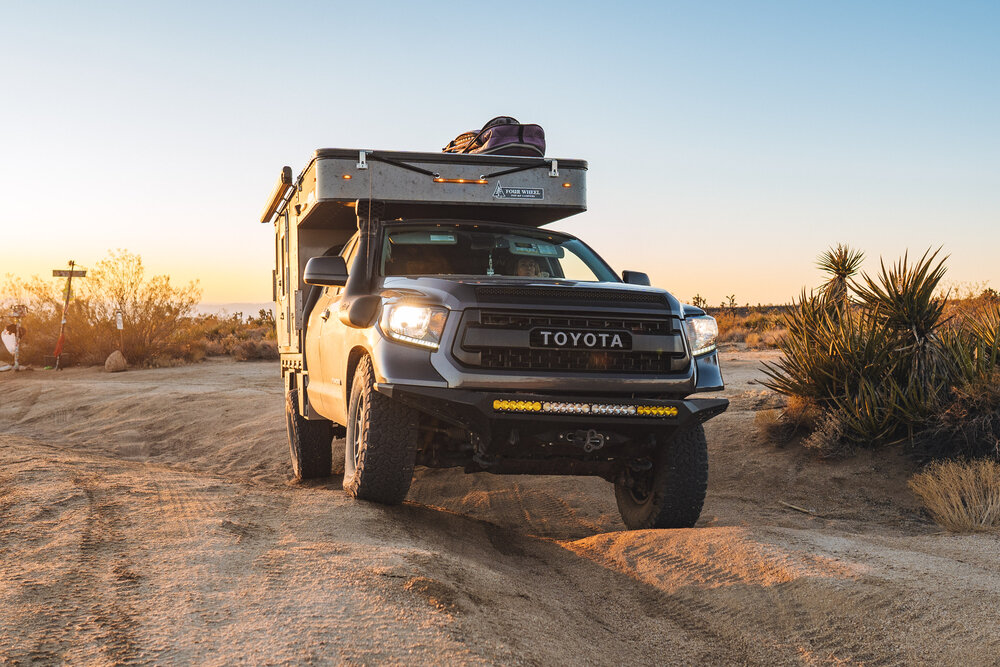Definitely NOT my experience.
Great videos, Peter! Your whole vehicle appears to be very rigid. Heavy duty trucks usually have a flexible frame, but with a little internet searching I found this on OKA:
| Subframe | Aluminium frame fixed to chassis. OKA has a rigid non flex chassis and 3/4 pint mount is not necessary. |
|---|
So your rig is unique in more ways than one. I'm sure you've seen how flexy Fusos, NPRs, Mogs, Mans, etc and even heavy duty pickups are. The trend in the US is for trucks up to 1 ton to have a rigid frame these days, but that was not true in the past.
The reason for the flexy frame is to have a high payload (stiff springs) and still keep the wheels on the ground in "crossed up" situations. If you make the frame torsionally stiff, then it needs to be stronger (and usually heavier), and either have a more sophisticated suspension or just run on 3 wheels more often. Tradeoffs...
Here is a Man-based camper that appears to have a 3 point mount that pivots in the front. Pretty sure the box would be destroyed if it was rigidly mounted.
Curious. When they say a bed is torsion free, what does exactly mean?
If have a flatbed on an F350 say, and building a camper on that, is it possible the bed itself is fixing this torsion problem?
I think the F350s got stiff in 2017 ... or maybe later. The earlier models flexed quite a bit.
If the flatbed is very torsionally stiff, it's possible that it will save your camper, but I don't think this is a good solution for running loaded offroad... the frame or flatbed would be at risk. The stiffest member in the system must be designed to carry the bulk of the load when all your weight is on two wheels (corner to corner).
The torsion-free subframe is mounted so that it doesn't resist the twisting of the truck's frame; it pivots instead.



